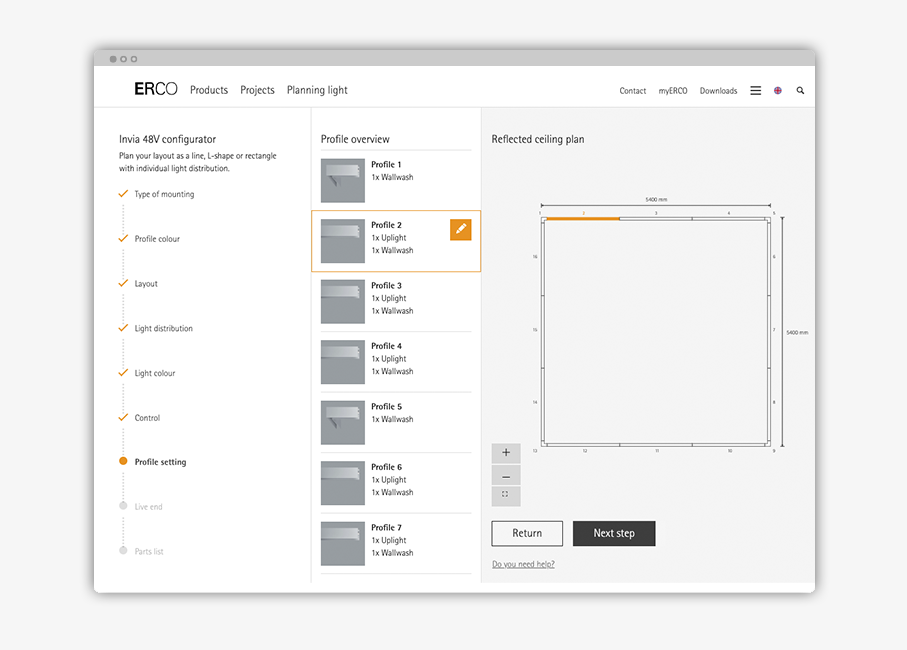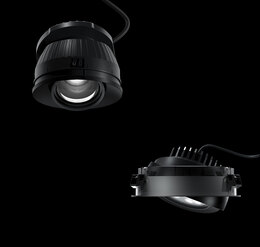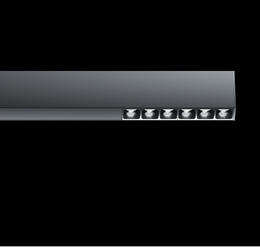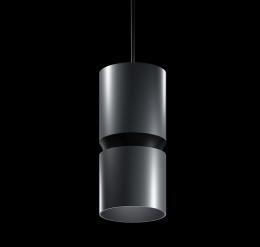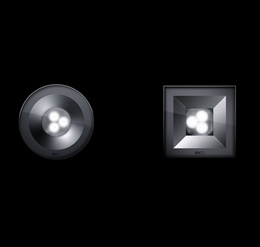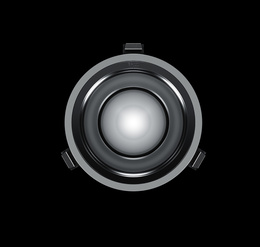3 tips for perfect lighting with light structures
What makes a good light structure? We show you how to implement a design with light structures and what you should look out for when making your choice.

1. Matching the light structure to the lighting tasks
The combination of decorative line and functional lighting within a single system requires greater care in lighting design. The light lines and light distribution should be determined with both the architecture and the lighting tasks in mind. In an office for example, the arrangement of the desks and the alignment of the light structure must be coordinated. The same applies to the distance to the wall with linear wallwashing. Since the lines of the architecture also determine the course of the light structure, it is helpful to have different distributions to choose from. If all luminaires look similar in terms of design, the profile appears uniform even though it solves different lighting tasks.






